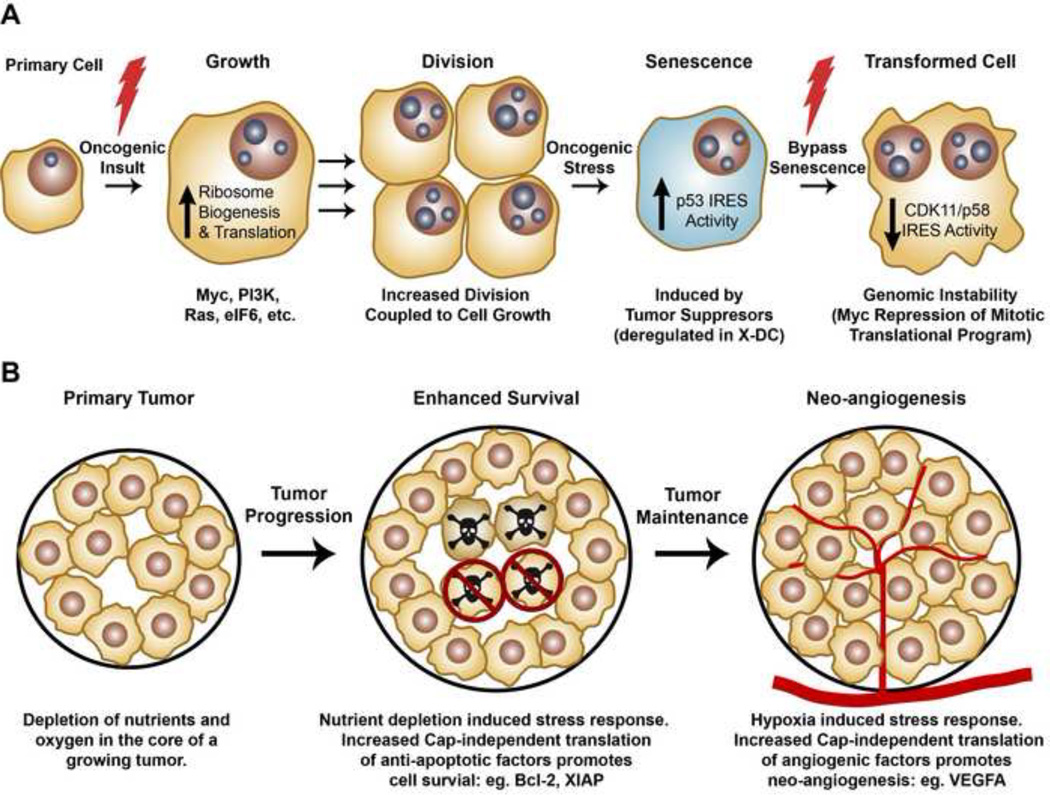Figure 1. Deregulations in translational control can contribute to each step of cellular transformation and tumor progression.
A.) Upon receiving an oncogenic insult (represented by a lightning bolt), e.g. Myc overexpression or PI3K hyperactivation, cells induce ribosome biogenesis and global protein synthesis that leads to increased cell size, coupled to cell division. Upon oncogenic stress, cells initiate a tumor suppressive response, associated with increased IRES mediated translation, leading to cell cycle arrest and senescence. In order to overcome the barrier of oncogene-induced senescence, cells acquire additional mutations (secondary hits, represented by lightning bolt). One mechanism for this is decreased translation from the CDK11/p58 IRES during mitosis, resulting from Myc hyperactivation, that leads to genome instability. B.) Once established, a primary tumor will undergo unrestrained growth, leading to a stress response associated with depletion of oxygen and essential nutrients from the core of the tumor. Lack of key nutrients, such as growth factors, often leads to increased apoptosis (skulls). Tumor cells upregulate cap-independent translation of anti-apoptotic factors (such as Bcl-2 and XIAP) as a mechanism to promote survival (blocked skulls). To bypass stress caused by low levels of oxygen in the tumor, cells induce cap-independent translation of neo-angiogenesis promoting factors such as VEGF.

